If you are interested in improving the landscaping around your home, consider environmental landscaping. Using sustainable landscaping can help improve the appearance of your property and simultaneously help the environment around you. This is becoming more common in areas where water shortages are more common or where rainfall is not frequent. Despite the lack of precipitation or a wide variety of plants to use, you can still create an outstanding landscape in the front and back of your home. Here is an overview of what environmental landscaping is and how to achieve sustainable landscaping. Get ready to create natural and sustainable beauty on your property, and don’t forget to call the native plant experts of Missouri and Kansas, Down to Earth Services, for help and guidance throughout the entire process.
What Is Sustainable Landscaping?
Although there are many different ways to define sustainable landscaping, it is often referred to as a way of using natural resources conservatively. Sustainable landscaping can help local wildlife, improve air quality, water quality, and conserve energy in your local area. In contrast to traditional landscaping practices, which often involve using plants that require a substantial amount of water, this is quite different. The use of these plants, despite their ornamental value, will not require many natural resources to keep them healthy and vibrant.
How to Start Your Sustainable Landscaping
The first thing that you should do is evaluate all of the natural resources you have at your disposal right now. By looking outside, you can see what types of plants are currently thriving, regardless of the climate you are in. You will need to assess all of them, not only based upon their beauty but the amount of attention and time that they will require. One of the benefits of creating a landscape in this manner is that it can save you hundreds of hours a year while simultaneously saving money by simply using plants that are much easier to maintain.
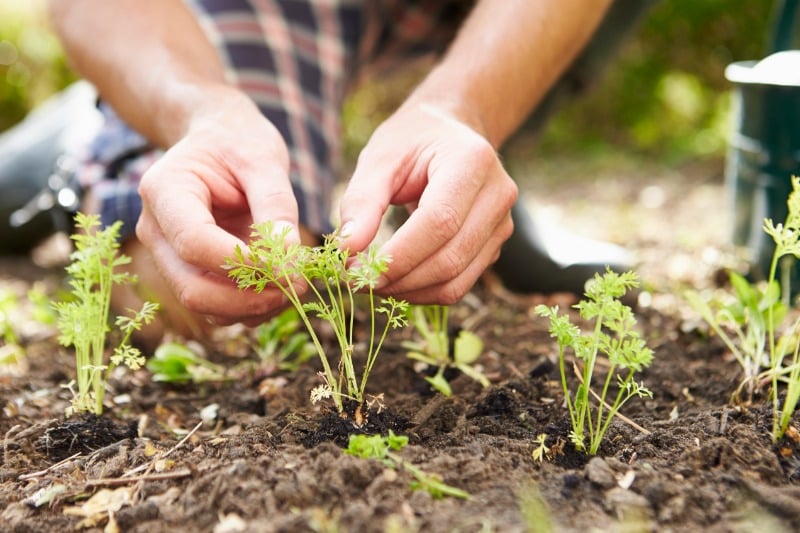
Create A Plan of Action
Your plan of action for environmental landscaping will consist of three separate parts. First of all, you need to define the areas on your property where you would like to improve its outward appearance. Second, consider where you spend most of your time, whether outside on the patio, your porch, or simply spending time in the backyard area. Will you have a garden? Perhaps you are going to plant a small orchard that will soon have many different types of fruit. By making these final considerations, you can then design the schematic for how your sustainable landscaping project will look.
Do One Project at A Time
Once you have your plan, you will want to start taking action. You may want to begin planting shrubs in certain areas or perennials that will help improve the appearance of your landscape. Try to choose environmentally friendly plants and replace invasive plants that will cause problems year after year. By starting small, you can begin to see the layout that you have envisioned coming to fruition. Most people will start with shrubs and perennials, but they may also want to plant a few trees.
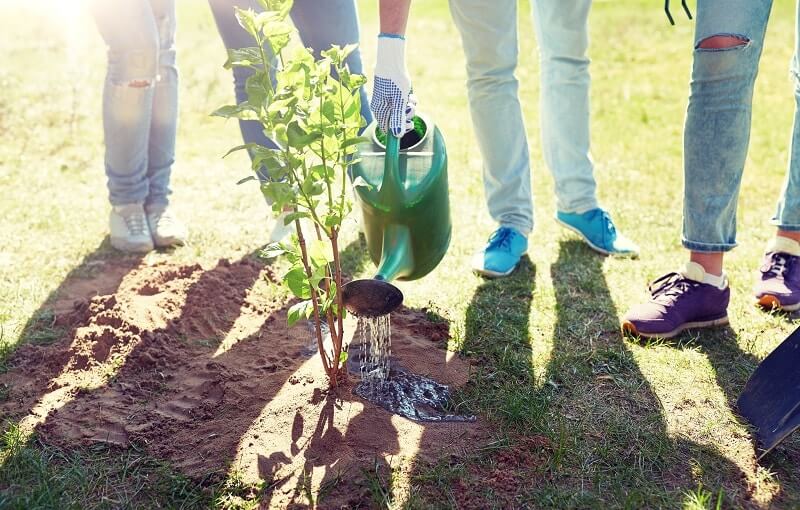
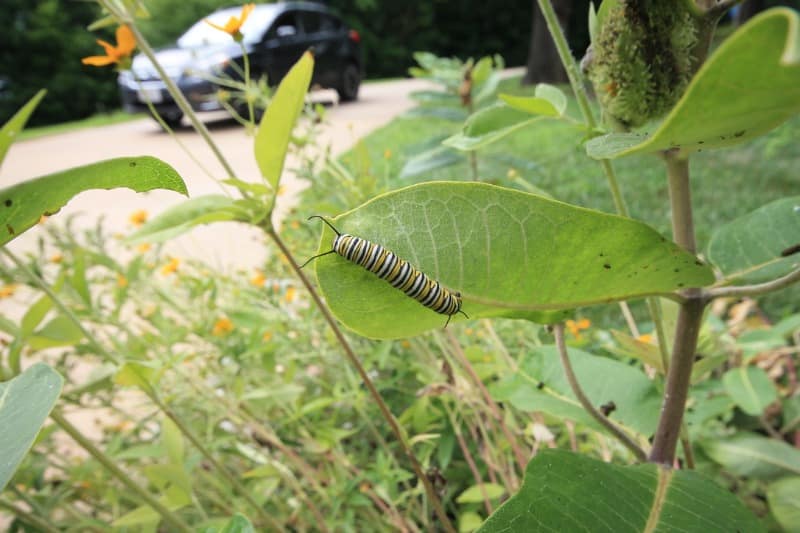
Over the years, as the trees get larger, this can provide shelter for many different animals, including mammals and birds. You can create a microclimate of your very own if you do this properly. At the same time, you will minimize the amount of work that you will have to do to maintain your landscaping by thinking from an environmentally oriented perspective.
Always Think in Odd Numbers
As you are going through this process, you will soon notice that odd numbers are of great benefit. For example, if you are planting perennials, shrubs, and trees, try to do so in odd numbers. Doing so will allow you to start planting in repeating patterns which will help maintain continuity and uniformity throughout your landscape.
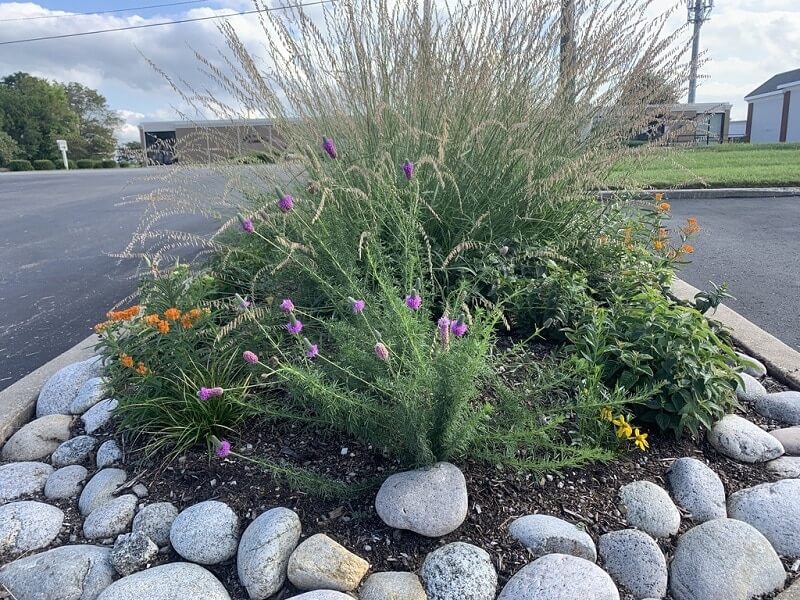
Choose Your Plants Wisely
As you are doing this, you may find research on different plants that you should avoid. In certain areas, plants including Burning Bush, English Ivy, and even the quite common periwinkle can be problematic over time. These are very invasive plants, and they can wreak havoc on your landscaping as they begin to grow, multiply, and spread widely throughout your property. Also, avoid using anything with shallow roots, such as Leyland Cypresses, which will not do well in areas with high winds because of their shallow roots. Finally, always consider how much sunlight these plants will require, and the soil’s pH level must be for optimal growth. By making sure that you are planting things that can balance nitrogen, phosphorus, and potassium levels in the soil, you will be able to sustain your landscaping indefinitely by having this type of balance.
Always Be Cognizant Of Water Usage
The final thing to consider is the use of drought-tolerant landscaping processes, also referred to as xeriscaping. Although this would not be prevalent or even necessary in wetland regions, it is certainly something to consider if you live in a predominantly dry region. Xeriscaping will not only help you conserve water usage but can also reduce utility bills, which can be high on properties that are heavily landscaped. You could also go green by collecting rainwater runoff. You can use the rainwater you collect and store it in barrels as it is needed.
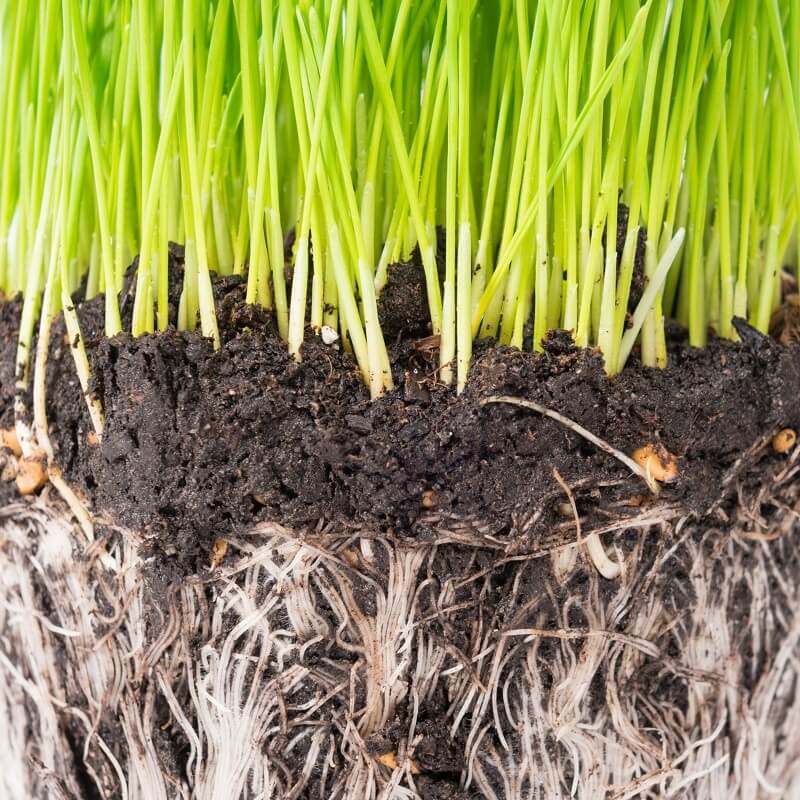
Environmental landscaping designs are becoming much more popular. As the population continues to grow and as the environment continues to change, it is important to also change the way we do landscaping. At the very least, you will create something brand-new, utilizing natural flora and fauna, and become more environmentally conscious. The end result will be beautiful earth-friendly landscaping by using these simple ideas for creating sustainable natural beauty. Get in touch with Down to Earth Services to get started with environmental landscaping design today!

